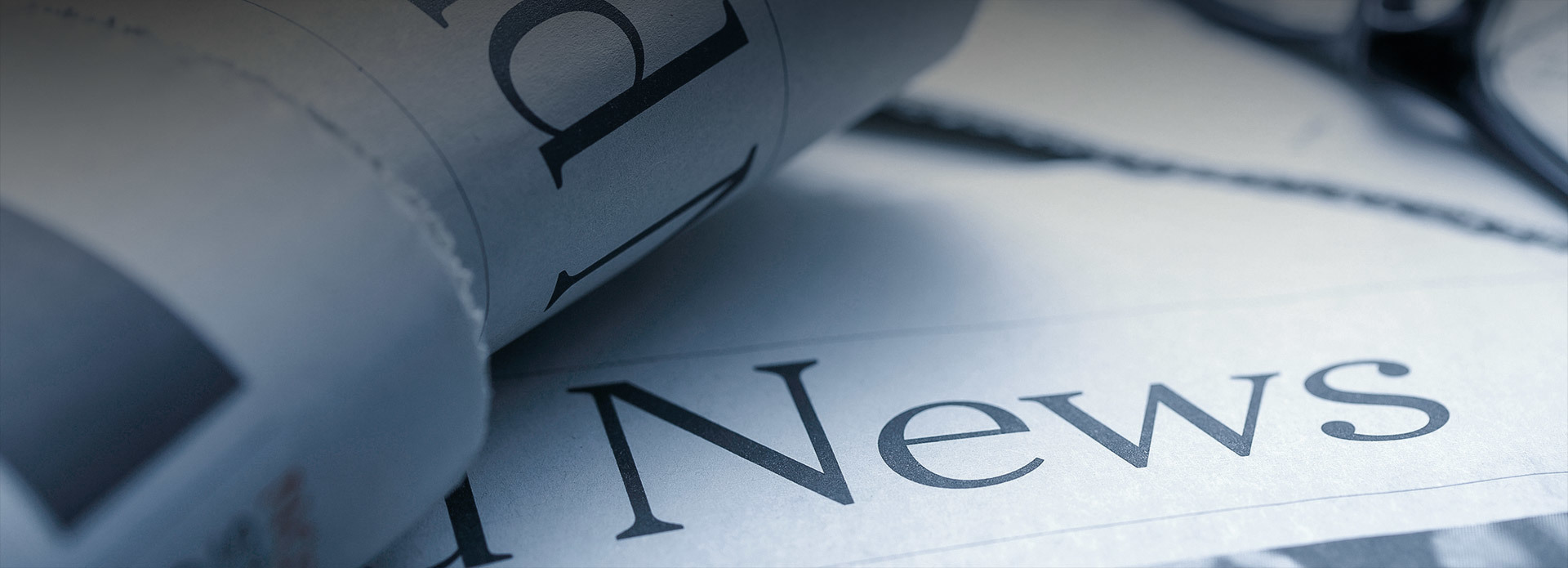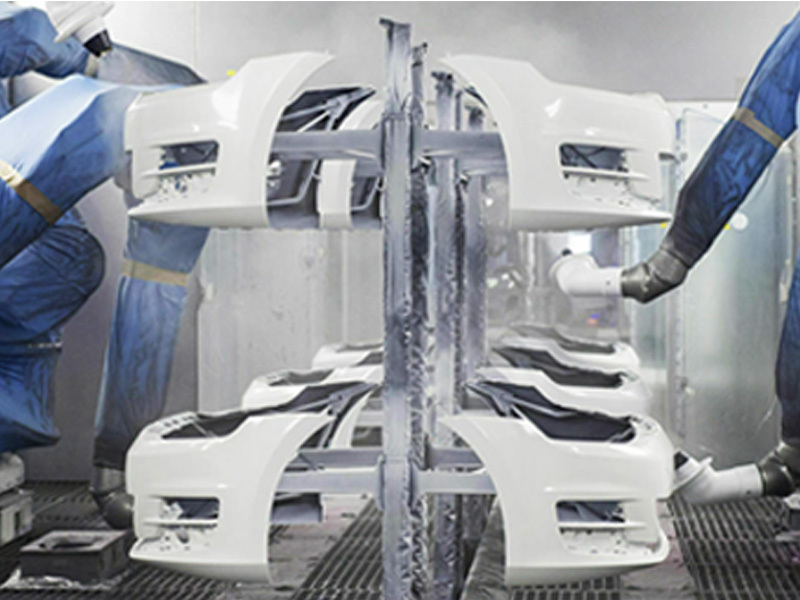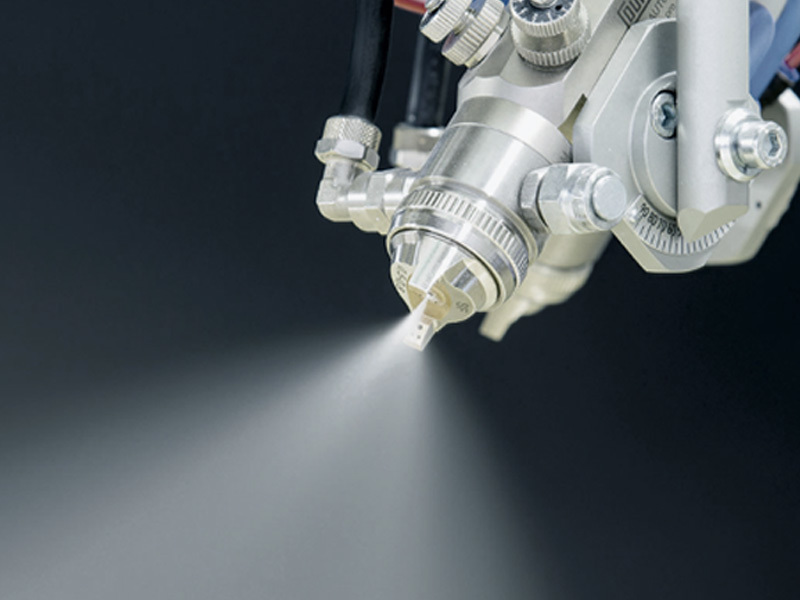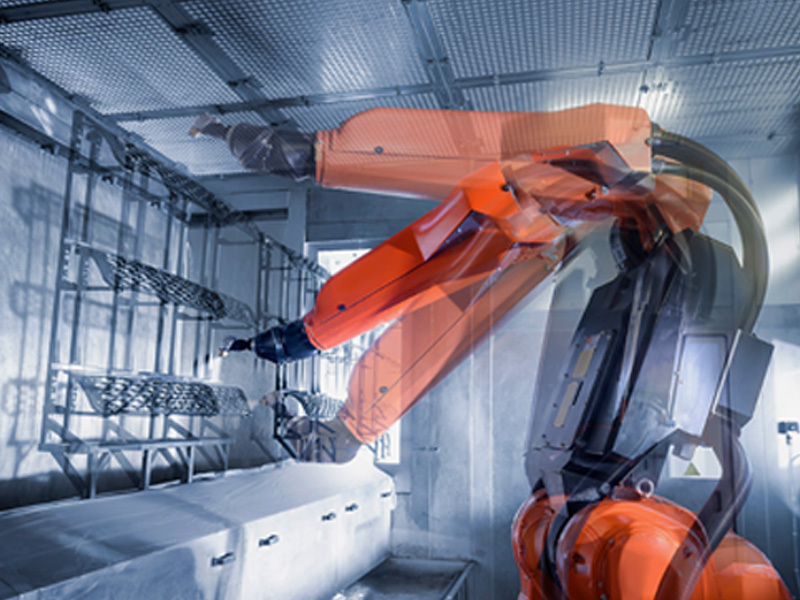The Future of Manufacturing: Unveiling the Advantages of an Automatic Printed Circuit Board Line
Release time:
2025-05-09
The Future of Manufacturing: Benefits of an Automatic Printed Circuit Board Line Table of Contents Introduction to Automatic PCB Lines What is an Automatic Printed Circuit Board Line? Key Benefits of Automation in PCB Manufacturing Enhanced Efficiency and Production Speed Improved Quality Control and Precision Cost Savings and Economic Efficiency Flexibility in

The Future of Manufacturing: Benefits of an Automatic Printed Circuit Board Line
Table of Contents
- Introduction to Automatic PCB Lines
- What is an Automatic Printed Circuit Board Line?
- Key Benefits of Automation in PCB Manufacturing
- Enhanced Efficiency and Production Speed
- Improved Quality Control and Precision
- Cost Savings and Economic Efficiency
- Flexibility in Production and Design
- Sustainability and Environmental Impact
- Challenges of Implementing Automatic PCB Lines
- Future Trends in PCB Manufacturing Automation
- Case Studies: Successful Implementation of Automatic PCB Lines
- Conclusion: Embracing the Future of Manufacturing
- Frequently Asked Questions
Introduction to Automatic PCB Lines
As technology continues to evolve, so does the manufacturing landscape. The introduction of **Automatic Printed Circuit Board (PCB) lines** marks a significant leap toward more efficient and reliable production processes. These systems are designed to automate the intricate and often complex tasks involved in PCB manufacturing, catering to the ever-increasing demand for electronic products across various sectors.
In this article, we will explore the numerous benefits of adopting automatic PCB lines in manufacturing and their potential to revolutionize the industry. We will also discuss the challenges involved and the trends shaping the future of this important manufacturing sector.
What is an Automatic Printed Circuit Board Line?
An **Automatic Printed Circuit Board (PCB) line** consists of a series of interconnected machines and technologies that work together to design, fabricate, and assemble PCBs with minimal human intervention. These systems employ advanced robotics, artificial intelligence, and software to manage the entire production cycle, from raw material handling to final inspection.
By utilizing an automatic PCB line, manufacturers can achieve higher levels of precision, consistency, and efficiency, all while reducing the likelihood of human error. This automation not only enhances the speed at which products are produced but also allows for greater scalability in meeting market demands.
Key Benefits of Automation in PCB Manufacturing
The benefits of implementing **automatic PCB lines** in manufacturing are substantial and multifaceted. Below are some of the primary advantages that businesses can expect to gain from this technological advancement.
Enhanced Efficiency and Production Speed
One of the most significant advantages of using automatic PCB lines is the dramatic increase in **production speed**. By automating tasks, manufacturers can streamline operations, significantly reducing cycle times. For example, machines can handle repetitive tasks such as soldering and placement of components at speeds far exceeding manual labor.
This efficiency not only accelerates production but also maximizes the output of each production line, allowing businesses to respond swiftly to market demands without compromising quality.
Improved Quality Control and Precision
Precision is crucial in PCB manufacturing; even the smallest errors can lead to significant malfunctions in electronic devices. Automatic PCB lines are equipped with advanced sensors and inspection systems that ensure each board meets stringent quality standards.
By implementing real-time monitoring and feedback mechanisms, manufacturers can detect anomalies during production and make necessary adjustments instantly. This proactive approach reduces the likelihood of defects and waste, ultimately enhancing the overall quality of the final product.
Cost Savings and Economic Efficiency
While the initial investment in an automatic PCB line can be substantial, the long-term cost savings are compelling. Automation reduces labor costs by minimizing the need for extensive human intervention, allowing companies to allocate resources more efficiently.
Additionally, the increase in production speed and reduction in errors translate into lower operational costs. Over time, businesses can recoup their investments and enjoy higher profit margins, making automation a financially sound choice.
Flexibility in Production and Design
Automatic PCB lines are designed to be adaptable, allowing manufacturers to switch between different types of products with ease. This flexibility is essential in today’s fast-paced market, where consumer preferences can shift rapidly.
Manufacturers can customize their production processes to accommodate various designs and specifications, enabling them to offer diverse product lines without the need for significant retooling or downtime. This adaptability not only fosters innovation but also positions businesses to capitalize on emerging trends.
Sustainability and Environmental Impact
In an era increasingly concerned with **sustainability**, automatic PCB lines can significantly reduce the environmental footprint of manufacturing processes. Automated systems are typically designed to optimize resource usage, minimizing waste and energy consumption.
Moreover, the enhanced precision of automated lines reduces the likelihood of defective products, which often end up in landfills. By adopting sustainable practices, manufacturers can improve their brand reputation while contributing to environmental conservation efforts.
Challenges of Implementing Automatic PCB Lines
Despite the many advantages of automatic PCB lines, manufacturers may encounter challenges when transitioning from traditional methods. Some of the key challenges include:
- **High Initial Investment:** The cost of purchasing and installing automated systems can be substantial, making it a significant barrier for smaller manufacturers.
- **Training and Skill Development:** Employees may require training to operate and maintain automated systems effectively. Companies must invest in skill development to avoid operational disruptions.
- **Integration with Existing Processes:** Integrating new technology into existing workflows can pose challenges, requiring careful planning and adjustment.
Future Trends in PCB Manufacturing Automation
As the industry continues to evolve, several trends are emerging in the realm of PCB manufacturing automation:
- **Artificial Intelligence and Machine Learning:** AI and machine learning technologies are increasingly being integrated into PCB lines, enabling predictive maintenance and further enhancing quality control.
- **IoT Connectivity:** The Internet of Things (IoT) allows for real-time data collection and analysis, empowering manufacturers to make informed decisions based on live production metrics.
- **Eco-Friendly Practices:** A growing focus on sustainability is driving innovations in eco-friendly materials and processes within PCB manufacturing.
These trends indicate a promising future for automatic PCB lines, offering opportunities for manufacturers to enhance their operations while remaining competitive in the global market.
Case Studies: Successful Implementation of Automatic PCB Lines
Several companies have successfully adopted automatic PCB lines, showcasing the potential benefits of this technology. For instance:
- **Company A:** By transitioning to an automatic PCB line, Company A increased its production capacity by 40% while reducing labor costs by 30%. The implementation of real-time quality control measures led to a notable decrease in defective products.
- **Company B:** After investing in automation, Company B was able to diversify its product offerings and respond more quickly to customer demands. The flexibility of the automatic line allowed the company to switch between different designs without significant downtime.
These case studies illustrate that the benefits of automatic PCB lines extend beyond mere efficiency; they also empower manufacturers to innovate and adapt in an ever-changing marketplace.
Conclusion: Embracing the Future of Manufacturing
The adoption of automatic Printed Circuit Board lines is not merely a trend; it represents a profound shift in the manufacturing landscape. With enhanced efficiency, improved quality control, and significant cost savings, automated systems offer a competitive edge that is hard to overlook.
As we look to the future, manufacturers that embrace these technologies will likely lead the industry, shaping a new era of production that prioritizes precision, flexibility, and sustainability. Investing in automatic PCB lines is an investment in the future, positioning businesses to thrive in the rapidly evolving world of electronics manufacturing.
Frequently Asked Questions
1. What is the primary advantage of using an automatic PCB line?
The primary advantage of using an automatic PCB line is the enhanced efficiency and speed of production, which leads to increased output and reduced cycle times.
2. How does automation improve quality control in PCB manufacturing?
Automation improves quality control through real-time monitoring and advanced inspection systems, allowing for immediate detection and correction of defects.
3. Is investing in an automatic PCB line worth it for small manufacturers?
While the initial investment can be high, the long-term cost savings and increased productivity often make it worthwhile for small manufacturers looking to scale their operations.
4. What training is required for employees to operate an automatic PCB line?
Employees typically need training in machine operation, maintenance, and troubleshooting, as well as an understanding of quality control processes.
5. What future trends are emerging in PCB manufacturing automation?
Emerging trends include the integration of AI and machine learning, IoT connectivity for data-driven production, and a growing emphasis on eco-friendly practices.











